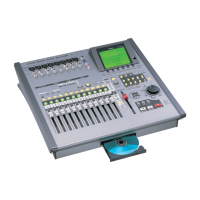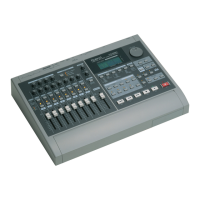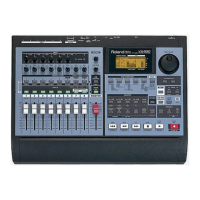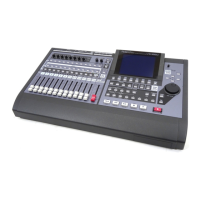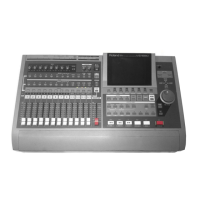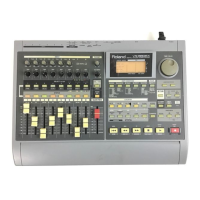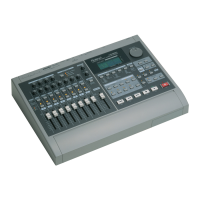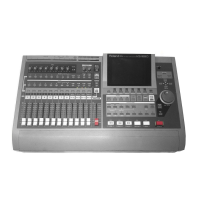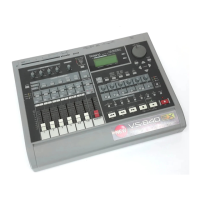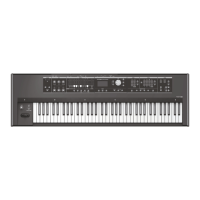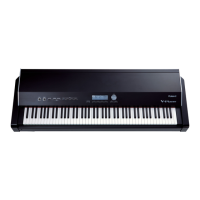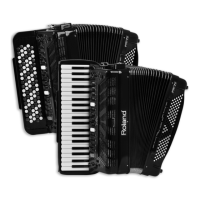23—MIDI and Synchronization
Roland VS-2000 Owner’s Manual www.RolandUS.com 287
Certain important parameters have their own Control Change numbers. You can set
one of these parameters by simply sending the VS-2000 the desired value for the
parameter’s Control Change number. For a list of the MIDI channels used by the input,
track, FX return channels and Master Edit area—as well as charts of Control Change
numbers and the parameters they set—see “MIDI Channels and Control Change
Maps” on Page 405.
Other parameters—such as effect parameters—can be adjusted using NRPNs, a special
category of Control Change messages. For details on using NRPNs for editing effects
and other parameters, see the MIDI Implementation section of the
VS-2000 Appendices
.
When you adjust these parameters on the VS-2000 itself, the VS-2000 can transmit
Control Change values that can be recorded in an external MIDI device and then sent
back to the VS-2000 as desired.
To enable Control Change transmission on the VS-2000:
1. Using a MIDI cable, connect the VS-2000’s MIDI OUT/THRU jack to the external
device’s MIDI IN jack.
2. Navigate to the MIDI parameter screen (Page 283).
3. Set MIDI OUT/THRU to Out.
4. Set MIXER CONTROL TYPE to C.C. (“Control Change”).
To enable Control Change reception on the VS-2000:
1. Using a MIDI cable, connect the VS-2000’s MIDI IN jack to the external device’s
MIDI OUT jack.
2. Navigate to the MIDI parameter screen (Page 283).
3. Set MIXER CONTROL TYPE to C.C. (“Control Change”).
4. If you want to edit effects using NRPNs, turn on the EFFECT C.C. Rx Sw (“EFFECT
Control Change Receive Switch”) parameter.
Remote MIDI Storage of VS-2000 Settings
You can transmit scenes, EZ Routing templates and user effect patches from the
VS-2000 as SysEx bulk dump data that can be stored in an external MIDI storage
device—or a sequencer—and loaded back into the VS-2000 at a later time. The
VS-2000’s bulk dump operations are performed on its MIDI BULK DUMP screen.
Bulk-dumping scene, EZ Routing or effect patch data doesn’t remove it from the
VS-2000’s memory. It merely allows you to store a copy of the data externally.
In order to transmit MIDI bulk dump data, the SysEx. Tx Sw parameter on the MIDI
PARAMETER screen (Page 283) must be turned on. To receive bulk dump data, the
SysEx. Rx Sw parameter on the same screen must also be turned on.
To ensure the successful re-loading of bulk dump data, read “A Note About SysEx ID
Numbers” on Page 284.
VS2000OMUS.book 287 ページ 2004年10月20日 水曜日 午後3時3分
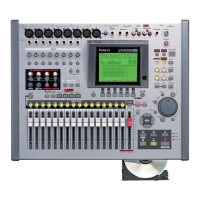
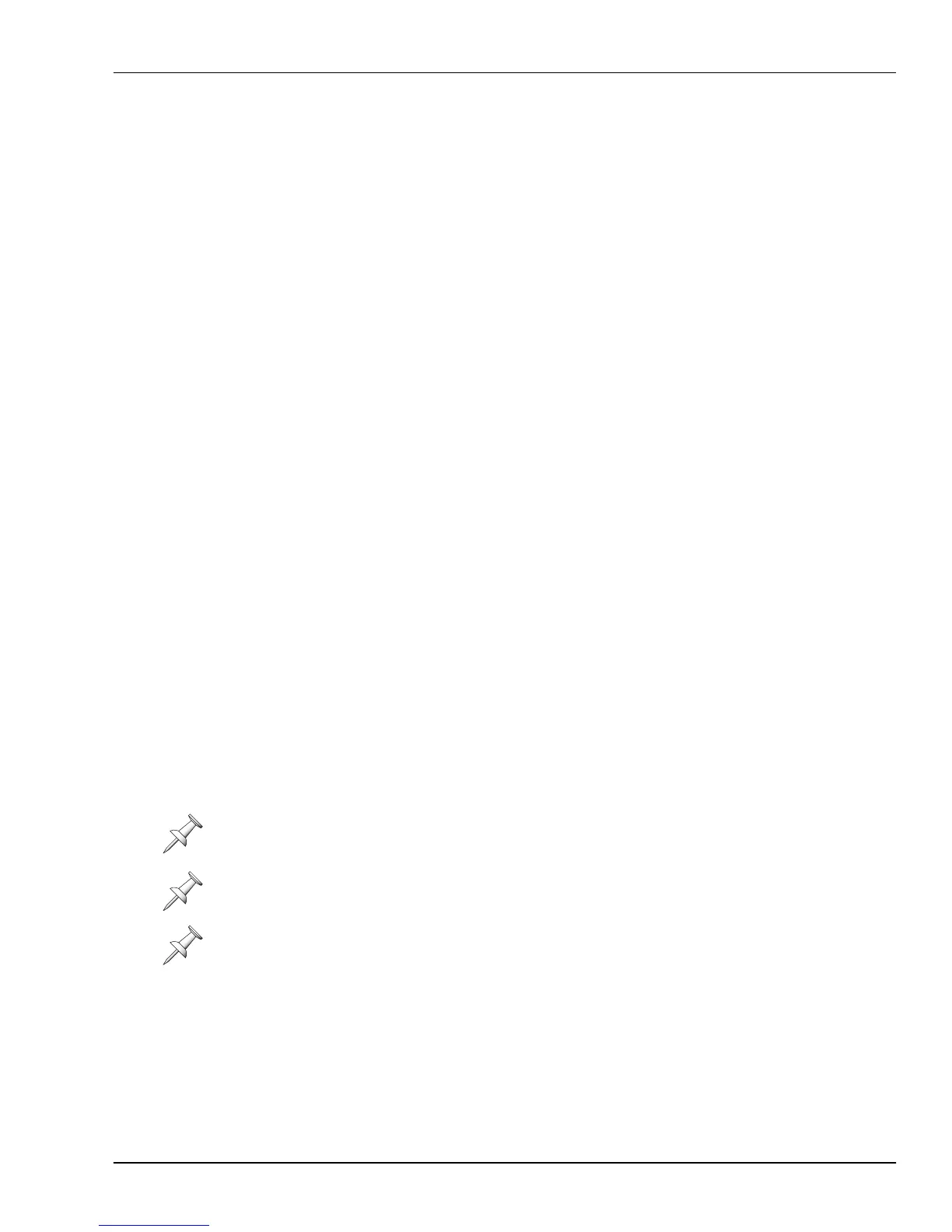